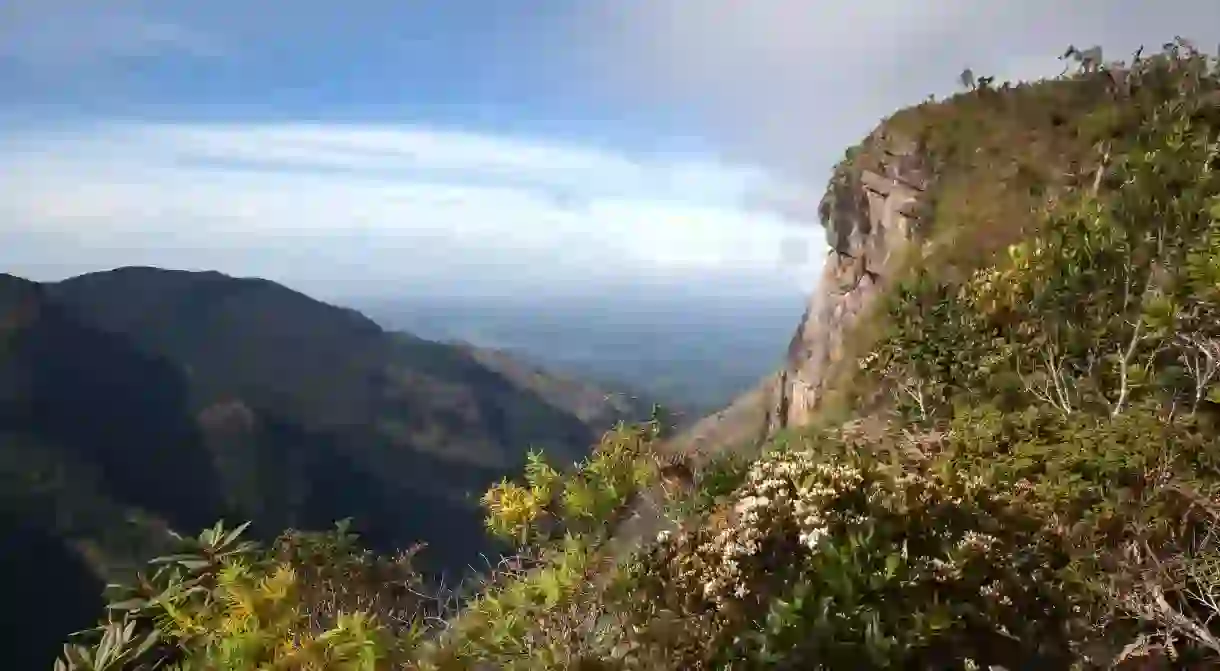The Top National Parks to Visit in Sri Lanka

Sri Lanka is a natural wonderland with beaches, mountains, forests, jungles and waterfalls. There are also 26 national parks to explore, many of which are home to extraordinary wildlife. That may be too many to visit in a short trip, so to help you out, here are the top national parks in the country. Bring your camera.
Sri Lanka’s natural wonders are breathtaking – book an exclusive 12-day experience with Culture Trip to get the most out of the country’s eccentric wildlife and magnificent ancient temples.
Yala
Park, Natural Feature

Wilpattu
Park, Natural Feature

Wilpattu sits north of Colombo close to the city of Anuradhapura. The park is famous for the tanks (rainwater reservoirs) that act as a lifeline for the resident birdlife. It’s believed that Sinhalese royalty used to live in the area thousands of years ago, but it’s now full of wildlife safari visitors. Wilpattu was named a national park in 1938 and you can go for the day or stay overnight in a tented camp.
Minneriya
Park, Natural Feature

Minneriya National Park is home to The Gathering, a rainwater tank that is the largest elephant meeting place in all of Asia. Located northeast of Colombo in the north-central plains, the closest city is Polonaruwa. The best way to visit Minneriya is to camp there in one of the tented camps. There are lots of jeep safaris that go out every day. Minneriya was named a national park in 1997.
Horton Plains National Park
Park

Sinharaja Forest Reserve
Park, Natural Feature

The Sinharaja Forest Reserve has been a national park since 1978 and is also a Unesco World Heritage Site. Sinharaja is the last area on the island with primary tropical rainforest. It is home to 50 percent of all of Sri Lanka’s endemic species of mammals and butterflies. There is also many native reptiles, insects and rare amphibians.
Pigeon Island
Park, Natural Feature

Pigeon Island is one of only two national marine parks in Sri Lanka and a paradise for scuba divers. It’s actually formed of two islands, the larger of which is wrapped by coral reefs. The area gained sanctuary status in 1963, before begin updated to a national park in 2003. The best time of year to visit is between April and September.
Gal Oya
Park














